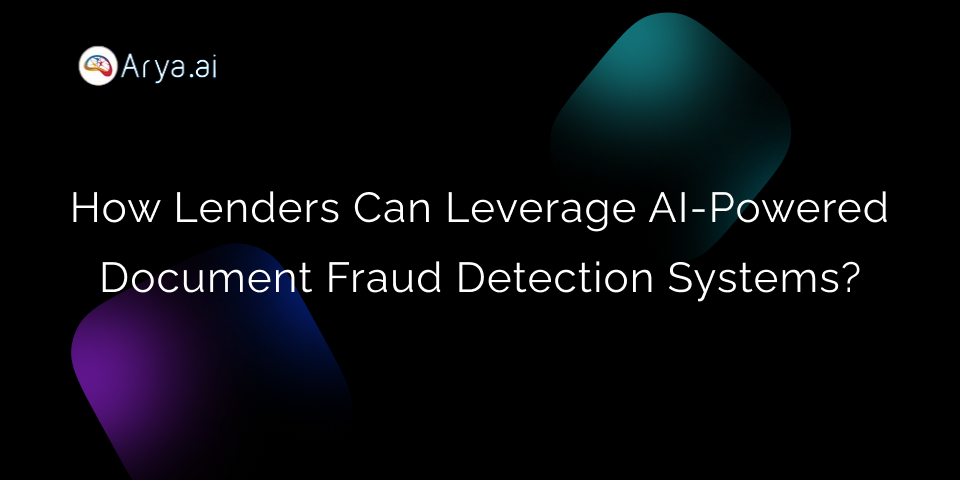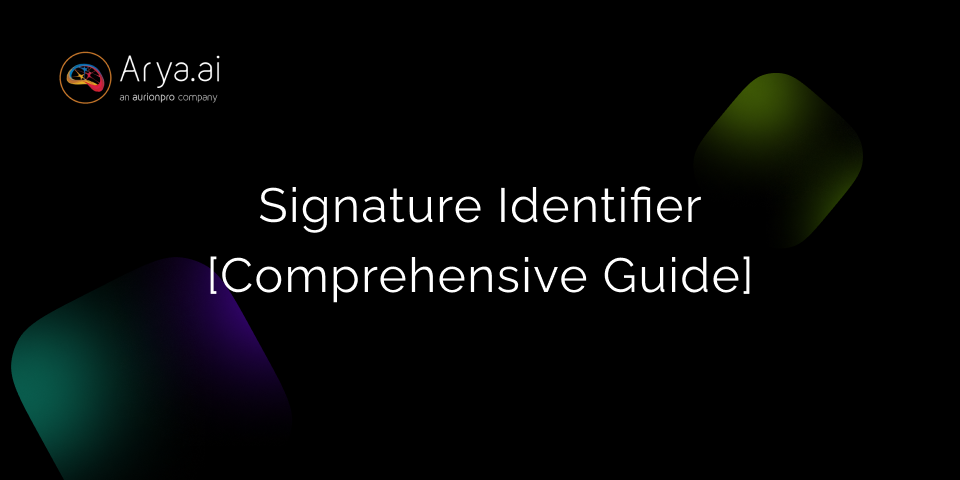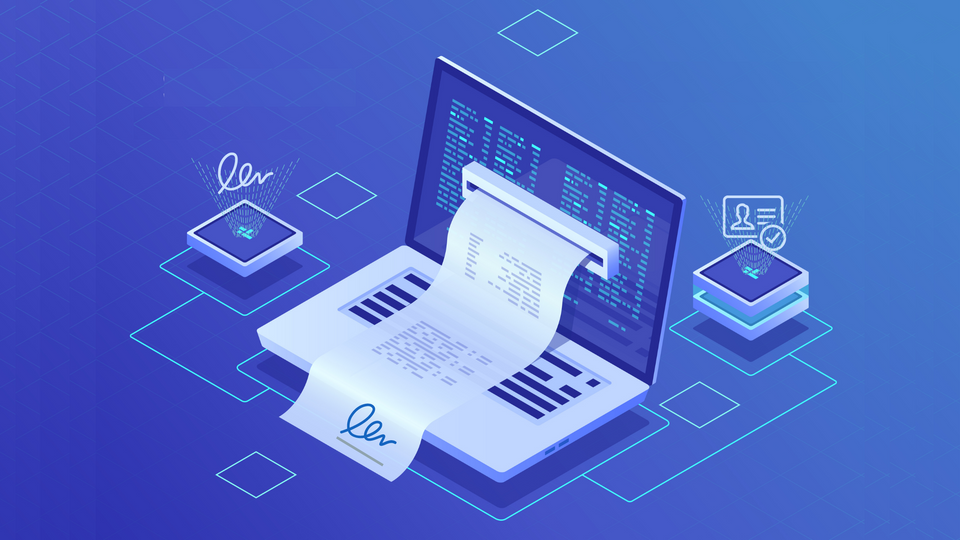With global digital transaction volumes set to increase by 80% from 2020 to 2025, the number of consumers and their signed documents and transactions to authorize is increasing, further increasing the risks of signature fraud.
While digital signature processes and security identification systems were assumed to be secure, in 2023, one of the largest independent dealers/brokers, LPL Financial, received a hefty fine of $3 million when its brokers were identified to have falsified signatures—increasing the need for a robust and advanced signature identification system.
Signature identification is a technology that transforms businesses security systems, verifying signatures’ authenticity and securing critical documents’ integrity.
In this article, we’ll explore the concept of a signature identifier, its importance, and how banks and businesses can benefit from this impactful technology.
An Introduction To Signature Identification
Signature identification refers to a technique that extracts scanned or printed signatures from images or documents to compare them to specific known patterns or entities from the pre-defined signatures and patterns in the database.
It is widely used in Optical Character Recognition (OCR) to identify and convert printed/ handwritten signatures into machine-readable characters, enabling detection of fraud, malware, and network intrusions.
In signature identification, the purpose of a signature identifier is to ensure the authenticity of the signature present on the documents or images and that the document isn’t tampered with and to prevent document fraud.
A signature identifier allows organizations to build trust with the customers and contractors they engage with, ensuring a higher level of security.
Why Is Signature Identifier Important?
Identifying signatures is crucial for reducing the risk of forgery and fraud while ensuring seamless document processing.
As cybercrimes grow more sophisticated, traditional signature identification methods are no longer sufficient. Signature Identifier utilizes advanced algorithms and machine learning to analyze signature patterns, making it far more reliable than manual checks.
Operational efficiency is another significant benefit of implementing a Signature Identifier. Automating this process can save substantial time and resources in industries like banking, insurance, and legal services, where document authentication is a daily necessity. This boost in productivity and a reduction in human error translates to considerable cost savings.
Compliance and regulatory adherence are non-negotiable in many industries. Signature Identifier ensures that all signatures are authenticated according to the required standards, helping businesses stay compliant and avoid legal repercussions.

Automating the detection and analysis of signatures significantly reduces the risk of forgery and ensures that only legitimate signatures are accepted. This is particularly vital in industries like finance and legal services, where the authenticity of documents can have substantial legal and financial implications.
What Are The Benefits of a Signature Identifier?
Signature identification is critical across various industries, benefiting them in multiple ways. Here are the several benefits of signature identification for banks and financial institutions:
- Verifies the authenticity of signatures, allowing organizations and banks to safeguard themselves from counterfeit documents and unauthorized alterations to the documents.
- Helps organizations to with document workflow automation and reduce manual intervention by automating the signature verification and identification process—reducing risks of human errors and saving time.
- Ensures proper record-keeping and auditing, allowing organizations to maintain secure, trustworthy, and reliable logs and records of signed documents and legal contracts.
- Helps organizations and financial institutions meet compliance and regulatory requirements by providing reliable solutions for signature authentication and verification.
Challenges of Manual Signature Identification
The signature detection process faces several challenges due to the quality of the document, variability in the signatures, and other factors. Here is the list of challenges:
1. Signature style variations
While signatures vary from one person to another, there is also a slight variation in the signature of a person with their growing age and changing health. These changes and variations make it challenging to detect genuine signatures, especially without advanced technology.
At the same time, signature styles vary from individual to individual. Analyzing each signature’s patterns manually can get challenging. With OCR technology and trained ML algorithms, recognizing and verifying signatures with different patterns and styles has become highly efficient.
2. Multiple signatures on a page
Sometimes, a document contains multiple signatures from the same person or individual on different pages.
Distinguishing these signatures and ensuring they are from the same person can be challenging without using AI.
3. Size, orientation, and alignment of signatures
Signature sizes, orientation, and alignment can appear differently on a document for several reasons. If the scanned document is not properly aligned, the resulting document image may appear skewed or rotated, complicating the signature identification process.
Accurately identifying and authenticating the signature’s authenticity, in this case, can get challenging.
4. Scanned documents’ quality
The quality of the scanned documents can vary sometimes depending on the image resolution, clarity, sharpness, brightness, background clutter or noise, ink variability, and several other factors.
This may obscure the signature’s fine details, distorting the signature or making it look unclear, affecting the signature’s legibility. Moreover, the format of the scanned document plays a huge role in its quality.
Dealing with these issues and the quality of scanned documents makes it highly challenging for businesses to ensure accurate signature identification.
5. Handwriting recognition
A handwritten signature can be inherently variable due to the pen’s quality, speed, paper quality, pen pressure, etc., making it hard to analyze.
Addressing this challenge requires a quality image processing and signature identification solution that accurately verifies the signature’s authenticity.
Use Cases of Signature Identification For Different Industries
Signature identification has several use cases across various sectors:
1. Banking and Financial Institutions
Banking and financial institutions heavily trust and rely on customer signatures to authorize high-value transactions, credit card approvals, loan approvals, and more. Hence, signature identification plays a paramount role in enhancing security and improving operational efficiency for banks.
Using advanced AI and ML algorithms in signature detection systems, banks can detect and match suspicious patterns against money laundering patterns—detecting fraudulent transactions and banking activities.
Thus, signature detection in banking not only strengthens security but also reduces risks of human errors, improving accuracy and signature verification capability.

2. Medical and Healthcare Sector
The healthcare industry deals with the signatures of patients, nurses, doctors, and advisors on several critical forms, including consent forms, insurance claims, billing documents, medical prescriptions, and medical records.
Hence, signature identification plays a critical role in ensuring the accuracy of the stored medical data and records and the patient’s consent to the shared data forms and treatment.
Thus, it helps manage and maintain the integrity of patient’s health records, allowing hospitals and institutions to comply with HIPAA (Health Insurance Portability and Accountability Act) regulation.
3. Retail and ECommerce
A signature identifier enhances transaction security by verifying customer signatures for high-value purchases and delivery confirmations. This technology reduces fraud by ensuring that the person authorizing a transaction is the legitimate account holder.
It also streamlines processes such as returns and loyalty program enrollments by quickly and accurately validating customer identities, thereby improving overall customer trust and experience.
4. Legal Sector
Signature identification plays a huge role in several legal practices and processes, including compliance, contract management, wills, deeds, court orders, legal agreements, and dispute resolution.
Signature identification and authentication ensure that the documents involved in these legal practices are authorized and belong to genuine entities.
5. Government Sector Services
Government officials and agencies use signature identification to validate the authenticity of official documents, such as licenses, permits, tax returns, certificates, and contracts.
It helps ensure that the signatures on official government documents are legitimate and come from authorized personnel.
Moreover, signature identification streamlines government services that require signatures, such as tax filing, benefits enrollment, and permit applications, enabling quicker, secure, and more efficient service delivery.
How Can Arya AI Help In Combatting Signature Forgeries?
At Arya AI, we recognize the role of signature identification in preventing fraud and building customer trust. Our AI apps seamlessly integrate with your existing systems to accurately detect anomalies in customer documents and images, such as forged signatures, fake images, or incorrect customer details.
Here are a few robust Apps you can use to ensure accurate and efficient signature identification when verifying customer identities.
- The Document Fraud Detection App comes with advanced AI capabilities like pattern recognition to analyze various documents and detect anomalies and inconsistencies, like forged signatures, preventing fraudulent risks. It reduces 85% manual review, saving time, costs and enhancing productivity.
- Cheque verification is pivotal for any bank and financial institution. Our Cheque Extraction module reads handwritten words and figures, dates, names, signatures, account numbers, and MICR to return confidence scores for the cheque and verify its authenticity.
- The Signature Detection module analyzes any given image to identify and extract snippets of signatures present on the image or document to compare them against the specimen signatures collected from several forms and documents and return a confidence score for each signature to verify their authenticity.
Our signature detection module supports multiple types and formats of documents with varied signature styles and handwriting. It also removes clutter and background noise using AI to enhance signature areas and quality, ensuring better readability and accurate results.
Conclusion
A signature identifier authenticates critical documents, forms, and contracts to identify signatures and ensure that documents are legit and not tampered with.
If you’re looking for a go-to platform for document verification and signature identification, our Arya AI platform is an ideal, no-code, hassle-free solution that will save you time and ensure high security.
Our APIs are easy to adopt and integrate, with a 99.99% success rate, and trusted by the top brands and companies across the globe.





